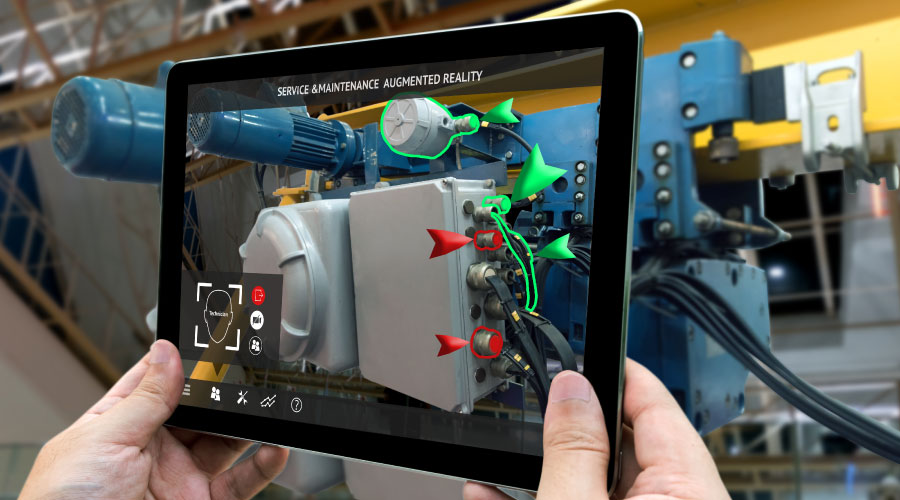Evolving User Demands Drive CMMS Advances
OVER THE PAST 20 years, advances in CMMS technology have revolutionized the way maintenance and engineering managers conduct business. Every new generation of software provides managers with greater ability to automate maintenance processes and analyze equipment information more effectively. These advances also give enable departments to increase equipment efficiency, reduce waste and produce substantial savings.
Now, CMMS manufacturers are preparing for the next wave advances, one they believe will provide software users with even better opportunities to streamline their operations.
Anticipatory Technology
Some software developers are focusing on so-called anticipatory technology, says Harshad Shah, president of Eagle Technology. He describes the technology as an extension of predictive maintenance in that it not only predicts equipment failures, but also provides guidance to avoid and fix breakdowns.
Instead of having to search through up to 100,000 maintenance records to predict breakdowns, managers can turn to this emerging technology, which automatically searches and sort records to more accurately predict how building systems will operate, Shah says.
“It looks at current equipment failures and failure rates and applies a number of different criteria and algorithms to predict future failures,” he says. The technology can warn front-line maintenance technicians that a chiller is very likely to fail within the next 50 hours of operation, pinpoint the cause failure, and provide directions to address the problem.
These advances will make an even greater impact as manufacturers improve system interoperability and mobile asset-management technologies. The next move in this direction involves connecting CMMS more closely with radio frequency identification (RFID) and geographic information system (GIS) technology. These steps will enable managers to more effectively streamline their maintenance activities for all of their facilities’ assets, everything from grounds care vehicles to power tools.
RFID tags enable users to store information relevant to the asset directly on the tag itself, says Pat Conroy, president of MicroMain. Users attach RFID tags to their assets and use handheld RFID readers to access and modify the information on the item in the CMMS at the job site.
Affordability
Along with the demand for advances in CMMS technology comes the parallel demand to keep the resulting products affordable to a range of users.
“A really big trend in maintenance management software is to make it affordable,” says Eli George, president of MaintenanceFirst. Many smaller organizations want the same CMMS power and flexibility that is available in software used by larger companies, but they are looking to pay less than top-shelf prices.
“Why should a company that has 500 records to manage pay the same price as a company that has 5,000 records to manage?” George asks. So the first task for managers is to identify CMMS technology that will help their organizations the most. Then, they can take steps to maximize the investment in the technology.
Related Topics:











